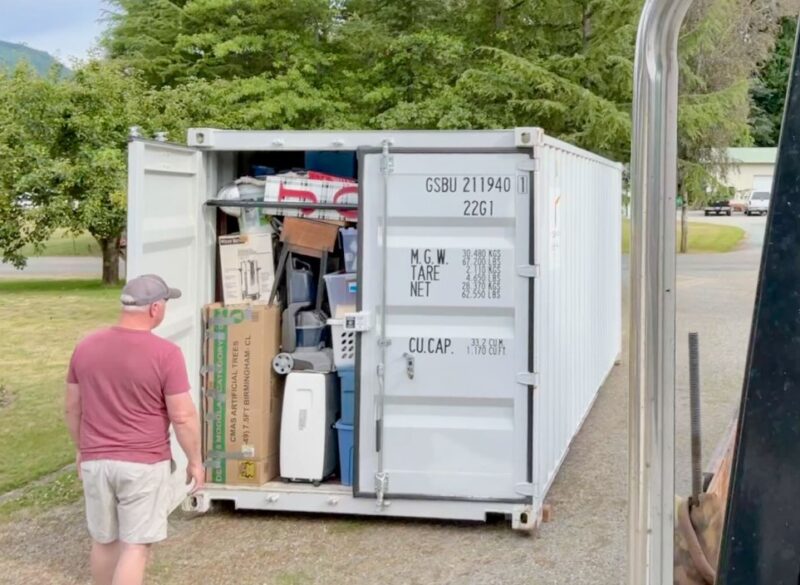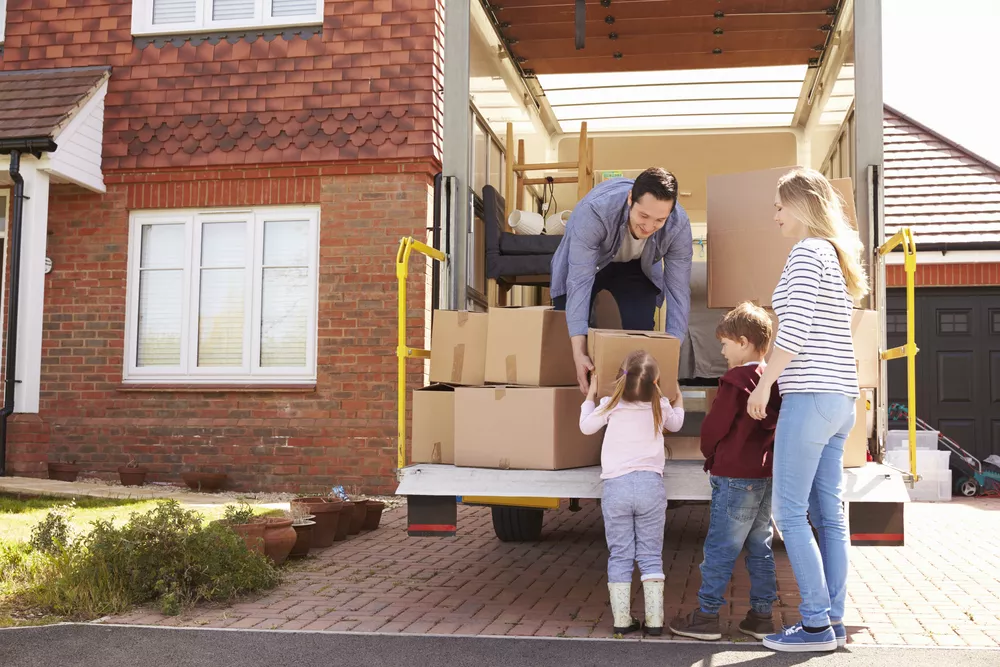Moving across state lines often starts with a spark of excitement, then slowly picks up a layer of logistics that can feel heavier than expected. People talk about fresh beginnings, new cities, better jobs, and more space.
No one talks enough about the late-night sorting, the mountain of boxes, or that one moment when you swear you’ll never move again.
A calm, organized move happens when planning feels grounded and realistic, not theatrical. Small steps, steady pacing, and clear decisions make the whole thing manageable.
Below is a practical guide that focuses on specific actions you can take before, during, and right after your move, so the process stays organized and the stress level stays low.
Build a Plan You Can Actually Use
Many people create a long checklist that gets abandoned halfway through. A move becomes easier when the plan is simple, visible, and broken into pieces that match how you live your day.
Organize by Stages
Think in four clean phases that help your brain stay oriented:
- Preparation
- Packing
- Transport
- Arrival and setup
Each phase carries only a few critical tasks. Keeping it compact makes it easier to stay consistent.
When you build a plan you can actually use, you’ll want to consult a provider offering exceptional auto shipping and integrate their schedule into your overall moving timeline.

Use a Weekly Timeline
A weekly plan works better than a giant master list. For example:
|
Week |
Key Focus |
Notes |
| 6 weeks out | Sort belongings | Donate, sell, or throw away items |
| 4 weeks out | Start packing non-essentials | Seasonal clothes, decor, books |
| 2 weeks out | Arrange utilities and address changes | Mail forwarding, internet, power |
| Moving week | Pack essentials and finalize logistics | Overnight bag, documents, keys |
| Arrival week | Unpack priority rooms | Bedroom, kitchen, bathroom |
This structure makes the entire shift feel less chaotic.
Clear Out What You Don’t Need
Moving forces you to face all your belongings. Every object you skip now becomes a box you carry later. Reducing clutter is a quiet stress reducer.
Break It Down by Category
Instead of tackling whole rooms at once, sort your things by groups that feel easier:
- Clothes
- Kitchen items
- Tools and equipment
- Paperwork
- Electronics
That rhythm saves time and cuts emotional fatigue.

Make Fast Decisions
Try a simple rule: if you haven’t used something in the last year, it probably shouldn’t move with you.
Apply it to old chargers, extra bedding, outdated kitchen gadgets, and anything hiding in the back of a closet.
Plan Your Budget With Real Numbers
An out-of-state move comes with costs that sneak up if you’re not prepared. Writing everything out helps you avoid surprises.
Estimate Core Costs
Here are the usual categories:
|
Category |
Examples |
| Transport | Moving truck, fuel, professional movers |
| Packing supplies | Boxes, tape, padding, storage bins |
| Travel | Flights, hotels, meals on the road |
| New home setup | Utility deposits, cleaning supplies, small repairs |
| Unexpected costs | Last-minute storage, broken items, extra mileage |
Add a Cushion
Add at least ten percent above your total estimate. Moves always produce one or two things that don’t follow the plan, and having the buffer prevents panic spending.
Choose the Right Moving Option
There are three main ways to handle an interstate move. Each one fits a different lifestyle and budget.
Full-Service Movers
Professional movers pack, load, transport, unload, and sometimes even unpack. This saves time, reduces physical strain, and fits someone with a busy schedule. It’s the most expensive choice, so it works best when your time is more valuable than your money.
Renting a Moving Truck
A truck rental keeps costs down and gives you full control of timing. You handle the loading, the driving, and the unloading.
It’s a good option for people who want a more hands-on approach and don’t mind physical work.
Moving Containers
Portable storage pods sit between the two. They get dropped off at your current home, you load them, and the company transports them to your new address. Great for longer prep time and flexible schedules.

Pack for Sanity, Not Speed
Packing quickly usually leads to frustration later. Packing with intention saves hours when you’re tired on the other end.
Start With Low-Use Items
Begin with things you won’t need immediately:
- Seasonal clothing
- Books
- Guest linens
- Decorative items
- Spare kitchenware
This builds momentum without disrupting your daily routine.
Label With Precision
Write the room and the exact contents on every box. Not just “kitchen,” but “kitchen, utensils and small pans.” Keep a simple spreadsheet if you like having a searchable list.
Make an Essentials Bag
You’ll thank yourself later. Pack an overnight bag or suitcase with:
- A few changes of clothes
- Toiletries
- Medications
- Important documents
- Laptop and chargers
- Basic snacks and water
That bag prevents you from digging through boxes your first night.
Create a Travel Plan That Reduces Stress
Moving day can feel rushed, even with perfect preparation. A strong travel plan keeps things calm.
Decide How You’ll Get There
Depending on distance and budget, you’ll likely choose one of these:
- Flying while movers transport your belongings
- Driving your own car with essentials in the trunk
- A combination of both for families with multiple vehicles
Plan for meals, rest stops, and time zone changes. Even small stops help keep energy steady.
Keep Important Documents With You
Carry passports, leases, contracts, IDs, medical records, and financial papers in a single folder. Never pack them in a moving truck or container. If something goes off schedule, you’ll still have what matters most.

Keep a Running List of Tasks
Little tasks pop up after you settle in. Instead of stressing about them, keep a simple running list on your phone.
Typical post-move tasks include:
- Finding a new doctor or dentist
- Registering your vehicle
- Updating insurance policies
- Setting up local banking
- Learning recycling rules
- Exploring school options if needed
Checking off two or three a week is enough to stay on track.
Final Thoughts
A move to another state works best when the process stays grounded. Good timing, clear tasks, and a bit of personal rhythm can turn a messy transition into something surprisingly smooth. You don’t need perfection. You need structure that matches how real people live.
With steady pacing and the right level of preparation, you arrive ready to settle in, instead of recovering from the move itself.

